Friday, January 28, 2011
Peter Mayle's House is for Sale
Best-selling author Peter Mayle, who wrote A Year in Provence and 12 other books, is selling his 18th-century house on the outskirts of Lourmarin in the Luberon region of Provence. And as you can imagine, it's magnificent. Read all about it here, then see the listing and photos here.
Labels:
ARCHITECTURE,
CELEBRITIES,
EUROPE,
EXPAT LIFE,
FRANCE,
PETER MAYLE,
PROVENCE,
REAL ESTATE,
THE LUBERON,
THINGS TO BUY
Monday, January 24, 2011
A New Hotel to Consider in Cannes
There’s a new very-affordable hotel option in Cannes, the 134-room Radisson Blu 1835 Hotel & Thalasso. It's a re-do of the 1835 White Palm Hotel and it opened last month. Situated in the old quarter of Le Suquet, overlooking the harbor, it’s within walking distance of Palais des Festivals et Congres, site of the Cannes Film Festival. It’s also just a short stroll from La Croisette, Cannes’ famous seafront boulevard. The four-star hotel offers free WiFi in all guestrooms, six meeting rooms, three restaurants, a rooftop bar with 360-degree views and a 29,000-square-foot spa known as Les Thermes Marins de Cannes, where you’ll find 46 treatment rooms, a fitness center, indoor and outdoor pools, hammam, sauna, Roman bath and whirlpools. Running the food side are chef Reynald Thivet, who came from Le Bistrot de Mougins, just up the hill in Mougins, and F&B Manager Jean-Remy Casnedi, who owns a popular restaurant, La Grange des Agapes, and a tapas bar, L’Apero de L'Accoustillage, in St. Tropez. The Radisson Blu 1835 Hotel & Thalasso belongs to the Brussels-based Rezidor Hotel Group, operator of 400 hotels in 60 countries. Room rates begin at € 139. For info or reservations, click here or call: 04 92 99 73 20.
Radisson Blu 1835 Hotel & Thalasso
2, boulevard Jean Hilbert
06414 Cannes, France
04 92 99 73 20
radissonblu.com/hotel-cannes
Wednesday, January 19, 2011
Calling All Expats and Wanna-Be's
If you’re currently looking for--or have recently bought--a home abroad, 'House Hunters International' might want to put your story on TV. The hit U.S. show is looking for energetic individuals, couples and families to share their story about moving abroad…to France or any other country. Contributors should be fluent in English and have owned the home abroad for four years or fewer. The compensation is $1500 and some travel may be required. If you’re interested in participating or learning more, send an email as soon as possible to: househunterscasting@leopardfilms.com. Please include your contact information, where you’re from and where you’re moving (or plan to move) and a picture of your family and your property.
Friday, January 14, 2011
Jewish Food in France
A couple years ago, my friend Joan Nathan, a Washington, D.C.-based food writer and author, called and said she was coming to France, doing research for a new book. I snapped to attention, not just because I love Joan but also because I loved the topic: Jewish food in France. Joan was looking for cooks, stories, recipes, family lore, historical documents--anything that would help her piece together a rich and compelling narrative.
"Who can you introduce me to?" she asked. "Where should we go and what should we eat?"
France has the third largest Jewish community in the world (about 600,000) and luckily I know quite a few wonderful Jewish cooks in Provence, thanks partly to the Association Culturelle Juive des Alpilles, a group I belong to in St. Remy. (From Joan’s book I learned that St. Remy had a flourishing Jewish community until the 14th century.) With about 50 families as members, the ACJA hosts educational, social and religious events throughout the year, drawing both Jews and non-Jews from throughout the region.
My first call was to my sweet friend Michelle Victor, an elegant Parisian attorney now living and working in Provence, and next thing I knew, she and Jocelyne Akoun (another ACJA member) were planning a traditional Algerian-Jewish feast for Joan and me and a few other very lucky guests. It was an astoundingly good meal, which we devoured course by spicy, savory, sweet course, all spread out around the large coffee table in the Akoun's beautiful home, which they run as a B&B, called La Cigale et La Fourmi.
As we ate, Jocelyne and her husband Hubert provided a crash course in the Sephardic Jewish culinary traditions of Algeria, Tunisia and Morocco. "Jews were in North Africa before the Arabs," Hubert told us. "Some Jews arrived when the first temple in Jerusalem was destroyed and have lived there ever since." Others, Joan adds, were converted Berbers or came from Spain during the inquisition.
(Jocelyne, as it turns out, grew up in a Turkish-Spanish family that lived in Algeria for many years before immigrating to Marseille. In her dishes we tasted the influences of each culture and were lucky enough to have the Akouns as expert guides. Joan was as impressed as I was and she used three of Jocelyne’s recipes in the book.)
Thanks to the Akouns and all the other good people who opened their homes, hearts and recipe files, Joan has produced a wonderful book encapsulating 2,000 years of Jewish cooking in France. I am so impressed by her work and I’m clearly not alone; the book was released in late November and immediately found its way onto all the “Best Cookbooks of the Year" lists. This is Joan's 10th book and if I could find the right Yiddish word for “something to be extremely proud of,” I would use it here.
Whether your interest is Jewish culture, French history, culinary traditions or just good food, this is one book you’ll want to own. Joan takes us into kitchens in Paris, Alsace and the Loire Valley; she visits the bustling Belleville market in Little Tunis in Paris; she celebrates Sabbath and other special holidays. And all across France, she finds that Jewish cooking is more alive than ever.
So what exactly is Jewish French food?
“It’s everything you don’t think it is,” Joan says. For example?
“The French are known for sauces but Kosher law forbids cream with meat,” she writes. “Jews who observe the dietary laws can’t have oysters or escargot. But they took regional specialties like quiche lorraine, made with ham or lardons mixed with cream, and instead created onion quiche, vegetable quiche and even tarte flambé--all without the ham.
“In France there are many distinctly Jewish dishes such as a roast shoulder of lamb or eggplant dishes like shakshuka or papeton d’aubergines, an eggplant gratin,” she continues. “And it varies widely depending on the region from which the Jews came: Provence, Alsace, the Southwest, Eastern Europe, Spain and North Africa. In many cases they brought distinctly Jewish dishes and integrated them with the ingredients they found in their new homes.”
In the south, for example fougasse is an old Jewish Sabbath bread as well as a distinctly Provencal bread. Pot au feu in Alsace is used by Jews for Shabbat and the holidays. And then there’s foie gras; Jews adapted it to make chopped liver, using the goose fat in their dishes and selling the quills and feathers for a living.
“They needed that fat in their dishes because they didn’t use lard,” Joan explains.
About a quarter of the 300,000 Jews in France before World War II died in the Holocaust and others later left for Israel or the U.S. But as independence came to the former French colonies of Morocco, Tunisia and Algeria in the late 1950s and early 1960s, many more Jews emigrated to France. And the customs they brought came to define French Jewish food as well. Many Sephardic dishes, in fact, actually have centuries-old roots here in southwestern France and Catalonia, from before the time that Jews were expelled and settled in North Africa.
“Jewish cooks in France still use the ingredients of those ancestors — anise, olive oil, rosewater, and pine nuts — reimagined on stovetops in Marrakesh, Oran and Tunis,” Joan writes.
It’s all the personal stories in the book, however, that bring the food to life. One elderly man Joan interviewed was busy at work on his own book, about his relatives who descended from the Juifs du Pape. Those were the Jews in the Comtat Venaissin--the present day Vaucluse region which includes Avignon, Carpentras, Cavaillon and L’Isle sur le Sorgue--who were protected in the Middle Ages by the Pope. He regaled Joan with stories about his ancestors, such as the 13th-century yeshiva (religious school) teacher who was also a truffle hunter selling his precious finds at the Carpentras fair.
Later, Joan visited the four protected towns and les carrières, the cobblestoned quarters or ghettoes where Jews were forced to live for centuries. Of course she found that much more moving, having met people with very personal ties to this chapter in French history.
Despite her straightforward take on the bleakest chapters of the Jewish experience in Europe, Joan’s book is a joyful celebration of a vibrant and complex cuisine, told through the stories and recipes of those who’ve shaped it, preserved it and who will (one hopes) carry it forward. It’s a wonderful read whether you cook from it or not. And the Jewish sense of humor definitely comes through. In fact, Quiches, Kugels, and Couscous reminded me of that great one-liner about the history of the Jewish people:
The history of the Jews? That’s easy: They tried to kill us. We survived. Let’s eat!
Quiches, Kugels, and Couscous: My Search for Jewish Cooking in France (Knopf) is available in bookstores and from Amazon here. Joan’s website is here. Her email is: nathan4221@aol.com. She’s also on Twitter and on Facebook. Hubert and Jocelyne Akoun run their very-special St. Remy home as a B&B called La Cigale et La Fourmi. For more info on the Association Culturelle Juive des Alpilles contact Elio Lussato (artist.elio@orange.fr or lussato.acti@wanadoo.fr ) or Hubert Akoun (hubertakoun@free.fr). Elio speaks French only; Hubert speaks English.
Labels:
AVIGNON,
BAKERY,
BOOKS,
CHEFS,
EUROPE,
FOOD AND COOKING,
FOOD AND RESTAURANTS,
FRANCE,
FRENCH LANGUAGE,
HISTORY,
LIFE IN PROVENCE,
MARSEILLE,
MOROCCO,
PARIS,
PROVENCE,
ST. REMY,
TRAVEL
Monday, January 10, 2011
David Hockney's iPaintings
You still have time to see “David Hockney: Fleurs Fraîches,” an exhibit of images (flowers, places and people) created by the British artist on his iPhone and iPad. It's at the Fondation Pierre Bergé - Yves Saint Laurent in Paris until Jan 30th. With “Brushes” and other apps, Hockney used his thumbs and fingers to create full-color images directly on the device’s screen, modifying the hues and layering brushstrokes of various widths and opacities; he then emailed the images to friends. The show presents the work in its original digital format and as projections; you can also see an animation of Hockney creating one of the works from start to finish on a large floating screen. According to the New York Times, the artist becomes so immersed while doing the finger paintings that he catches himself stopping to wipe off his fingers.
David Hockney lived in Paris from 1973 to 1975 and this is his first major show there in more than a decade. "It's the first exhibition ever totally emailed to a gallery," the artist says, in a video on the gallery's website. An international tour of the show is planned following this Paris premiere.
5, avenue Marceau, 75116 Paris.
Tél. : 01 44 31 64 00
fondation-pb-ysl.net
Above: Untitled 14 June 2010 © David Hockney
Above: Untitled 14 June 2010 © David Hockney
Tuesday, January 4, 2011
The Top Ten Wine Drives in Provence
Bravo to Sheila Johnston and her website Marseille-Provence for yesterday’s post: The Top Ten Wine Drives in Provence. Sheila tells me it took the better part of a week for she and her husband, Robert, to produce…and I can see why.
“Although there's a ton of info about wine on the net, it tends, I feel, to be very fragmented and confusing," she says. "We've tried here to consolidate and simplify all these bits of information and turn them into itineraries that made sense for a day's driving."
The ten routes fall either into Southern or Northern Provence. Each section includes a bit about the history, terroir and main appellations...and then the suggested routes (in miles and kilometers), with very easy-to-read maps and complete winery info (address, email, phone). Sheila included only those wineries and cooperatives that welcome visitors. She also avoided areas such as Châteauneuf du Pape and Bandol, where a high concentration of vineyards are found relatively close to each other. It's really a wonderfully useful tool and I, for one, hope Sheila decides to make a mobile version of it for smartphones and iPads.
An English journalist originally from London, Sheila has been “part-based” in Provence for about 14 years. She started her site, she says, because she wanted more information about the Marseille area and assumed that others did too.
“I've long been astonished by the dearth of reliable, up-to-date tourist information in English,” she says, “as well as the poor design and maintenance of local websites. So I decided to build my own.”
The homepage of Sheila’s site is HERE. The Top Ten Wine Drives section is HERE. To contact Sheila directly: sheila@marseille-provence.info.
Subscribe to:
Posts (Atom)









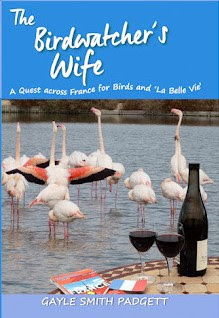


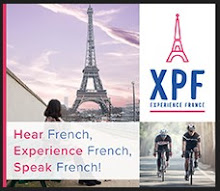


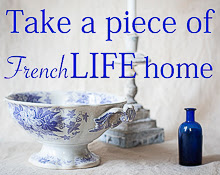
































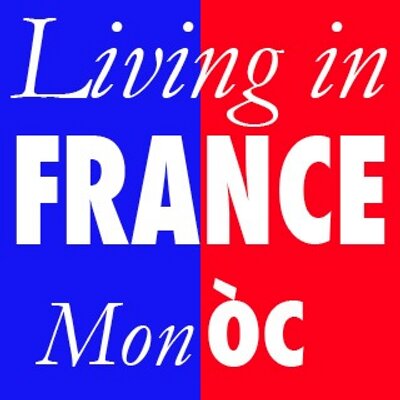












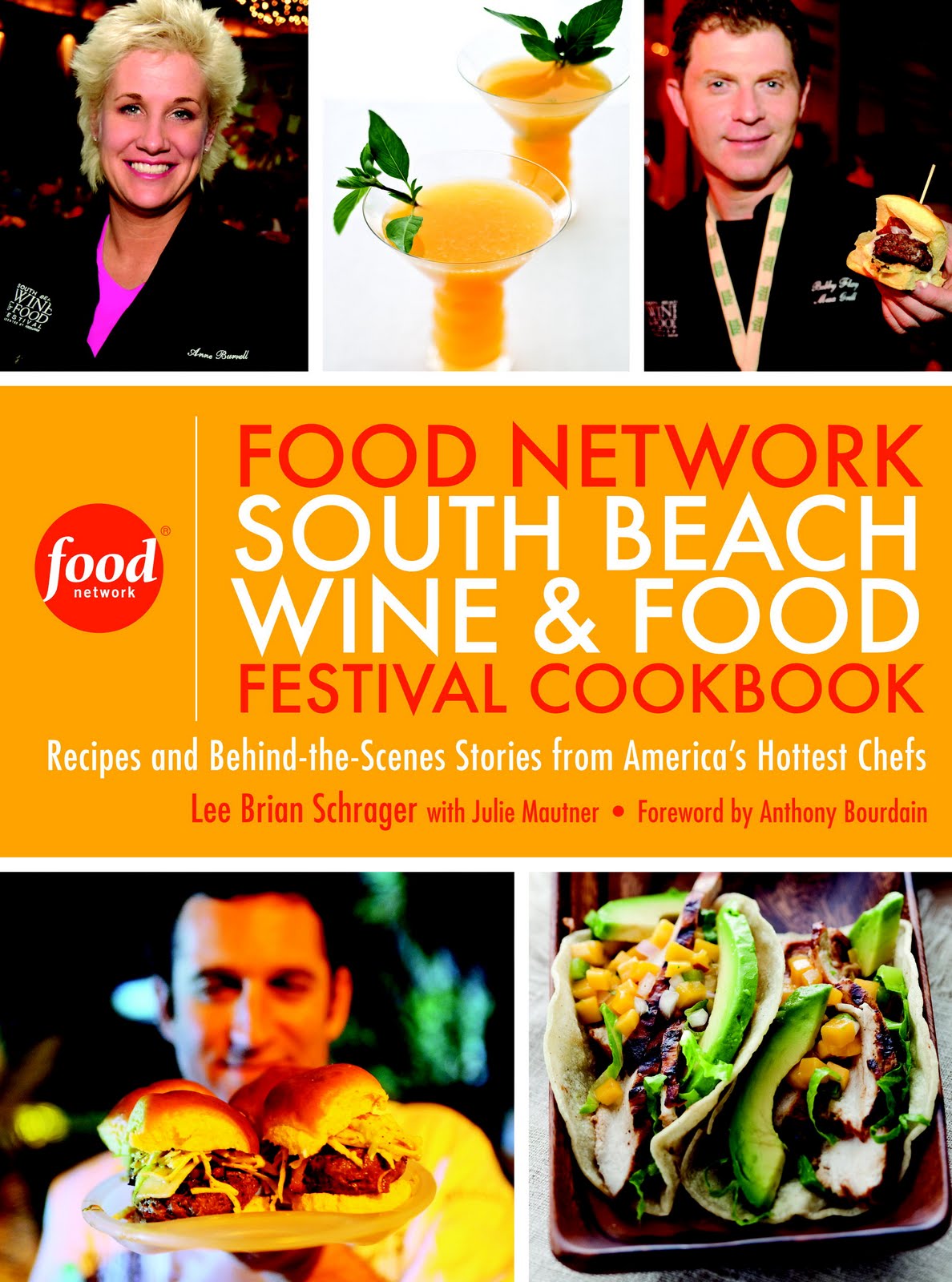.jpg)

















